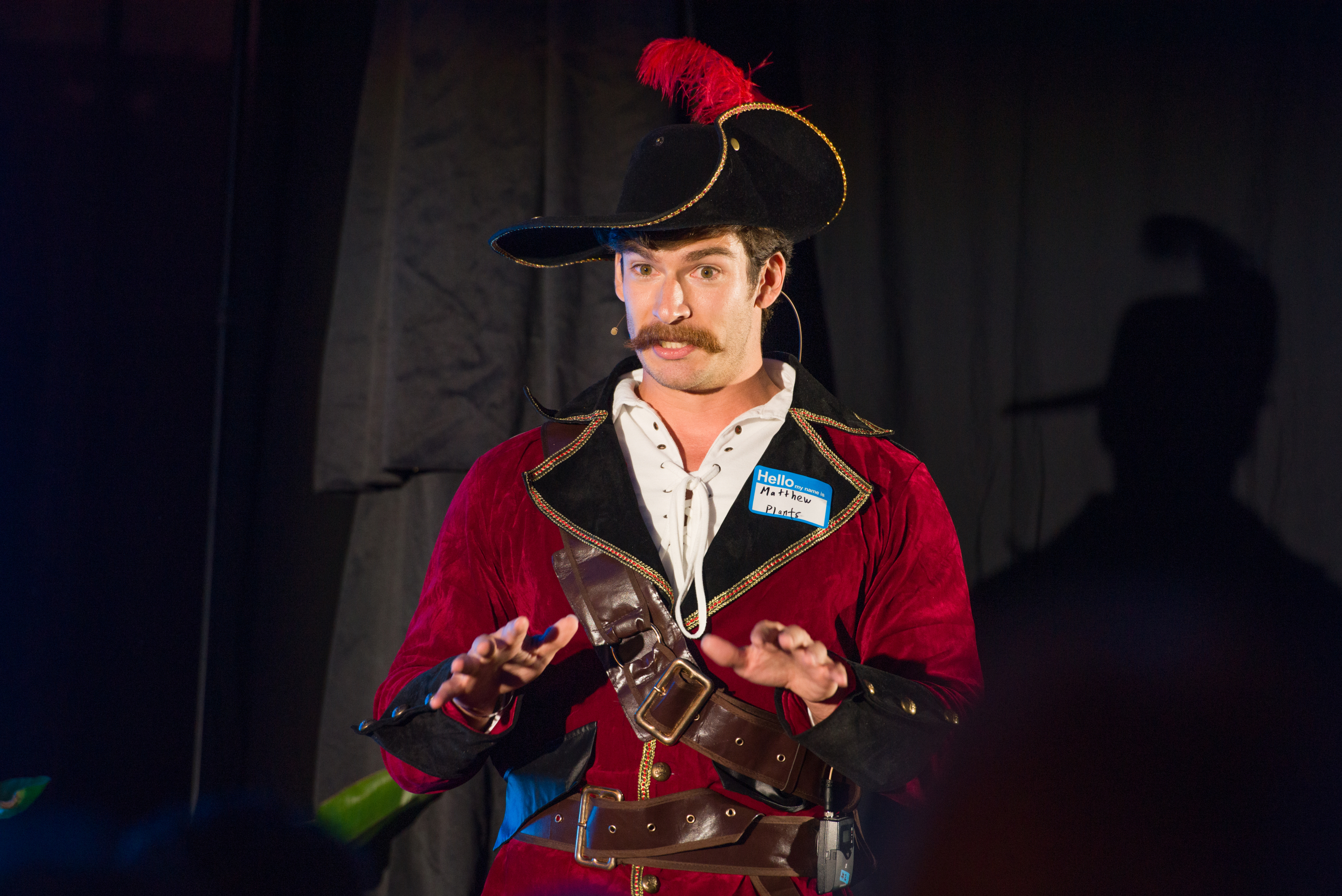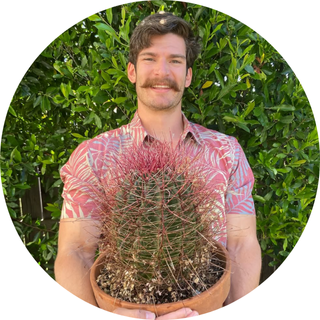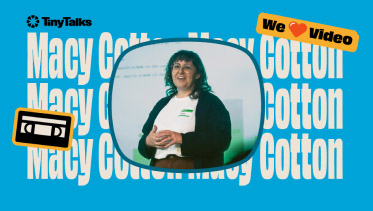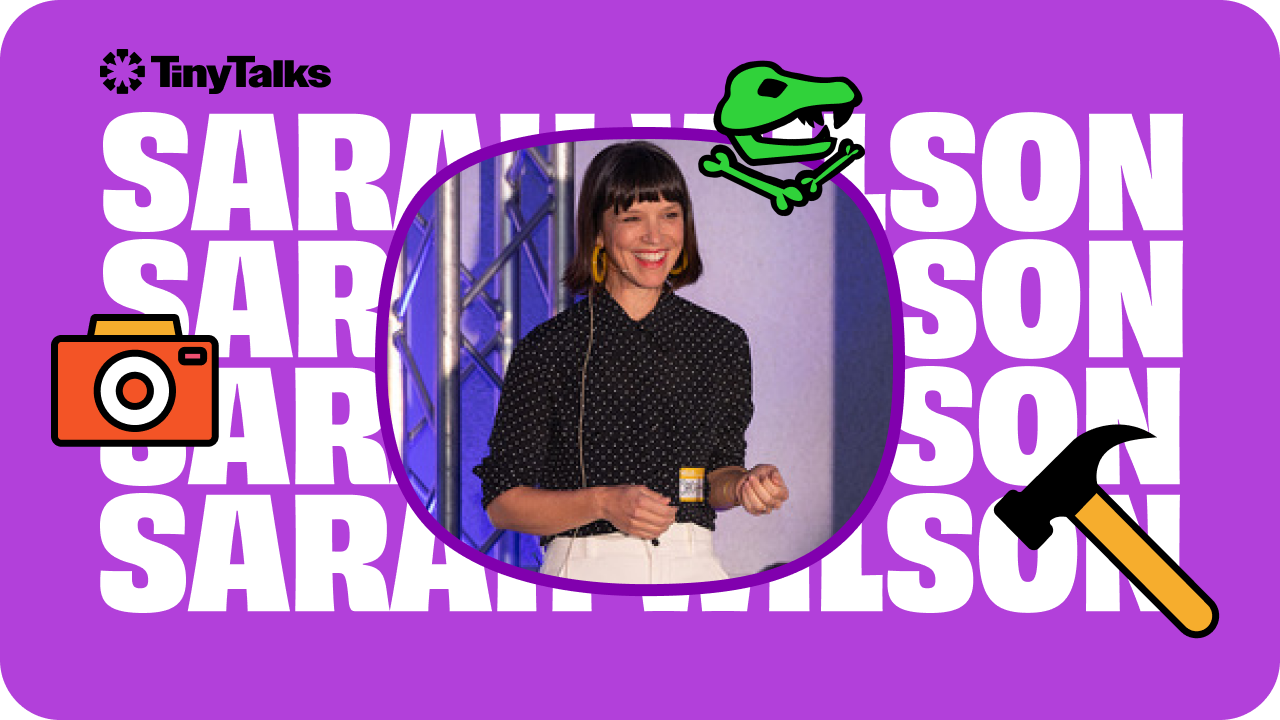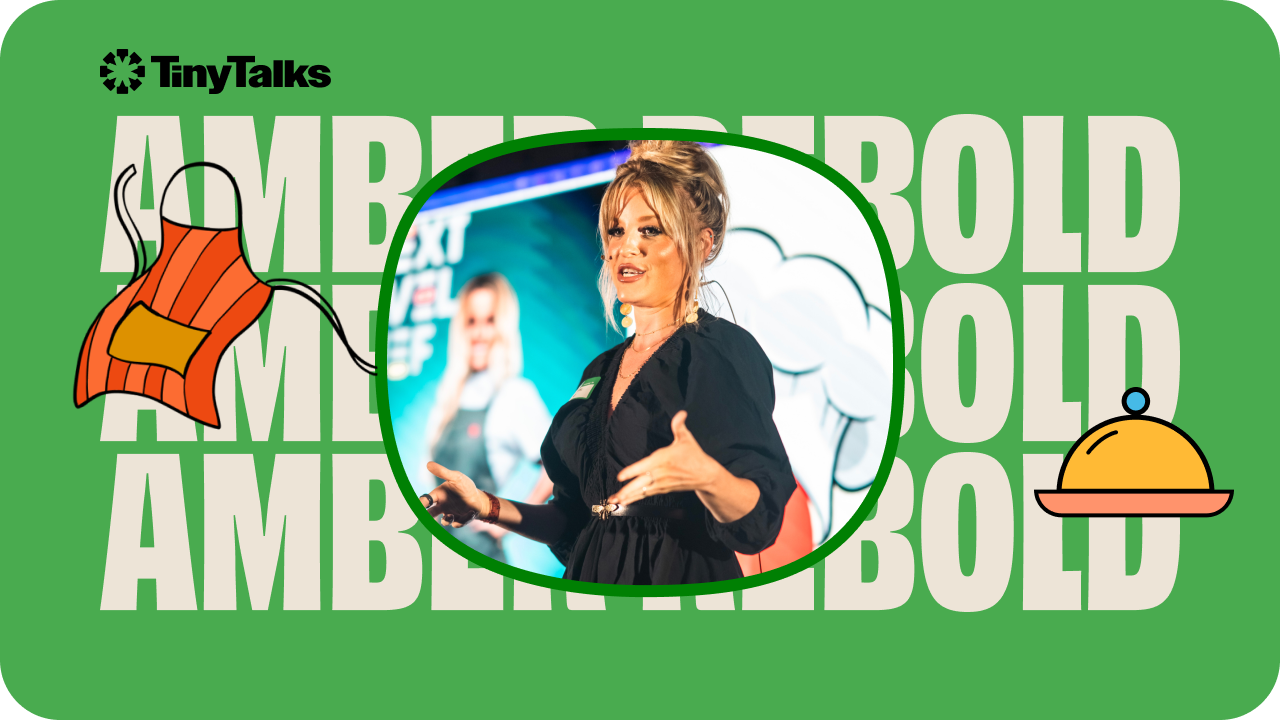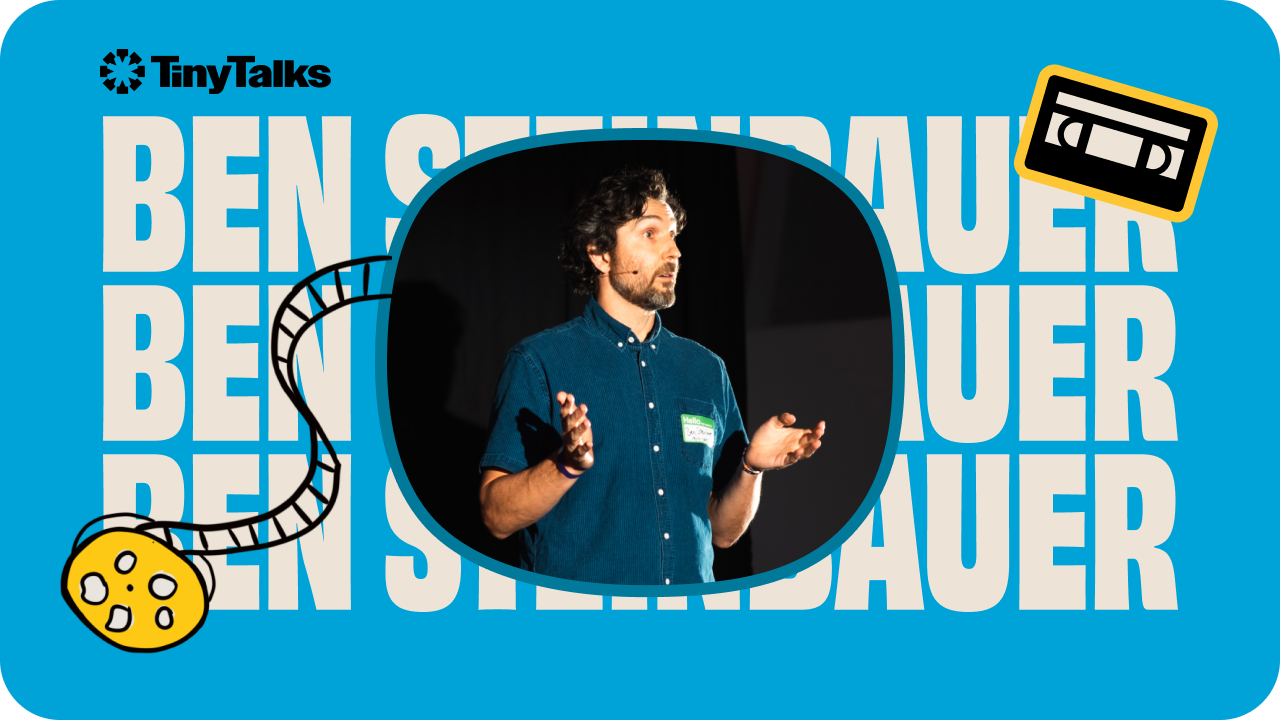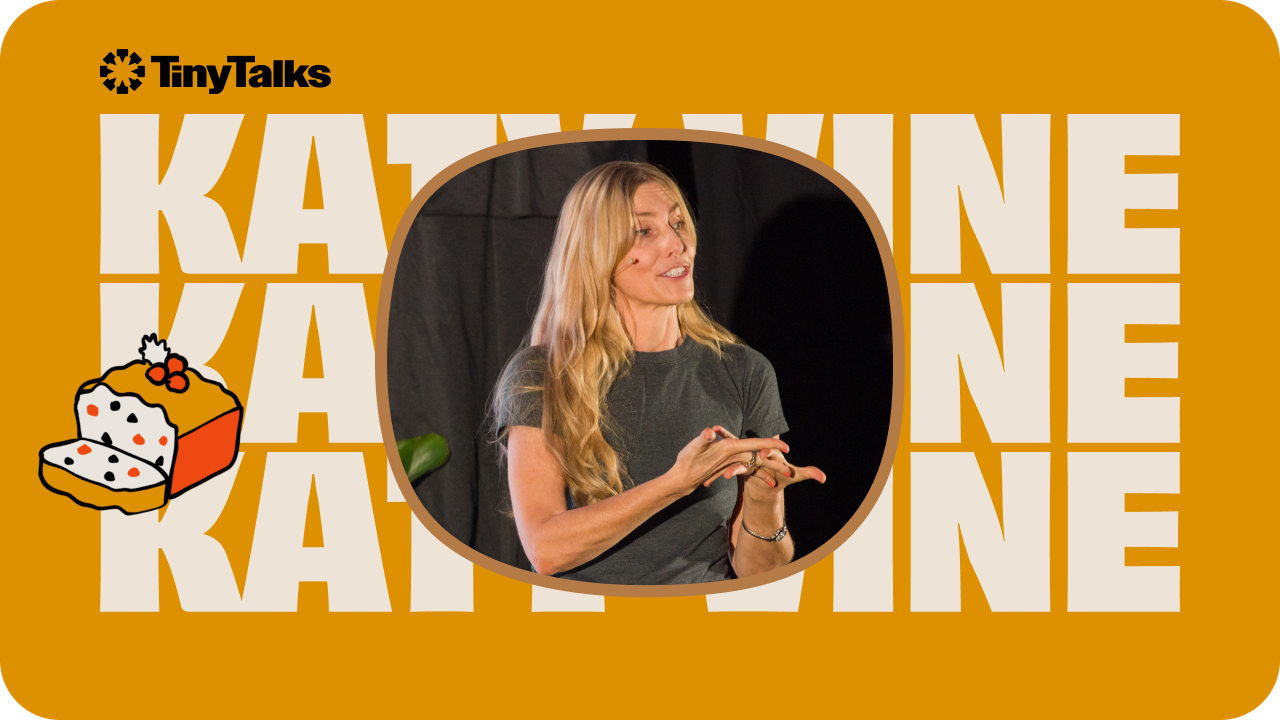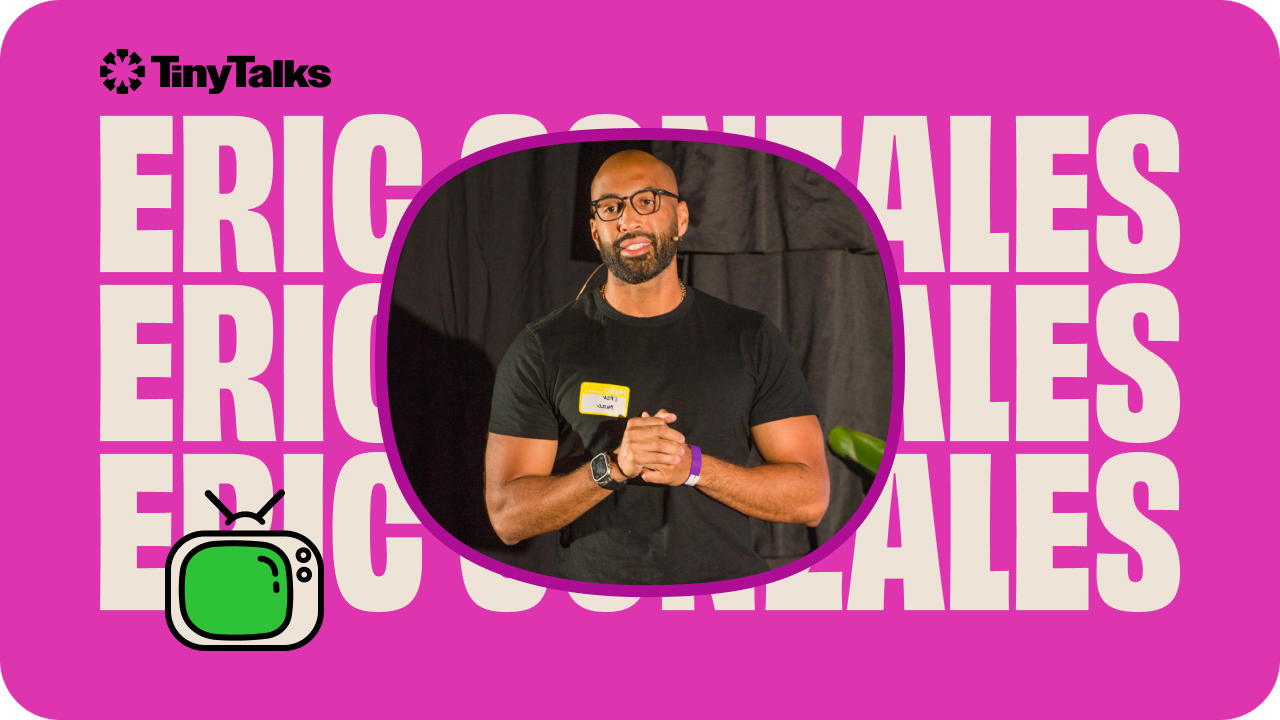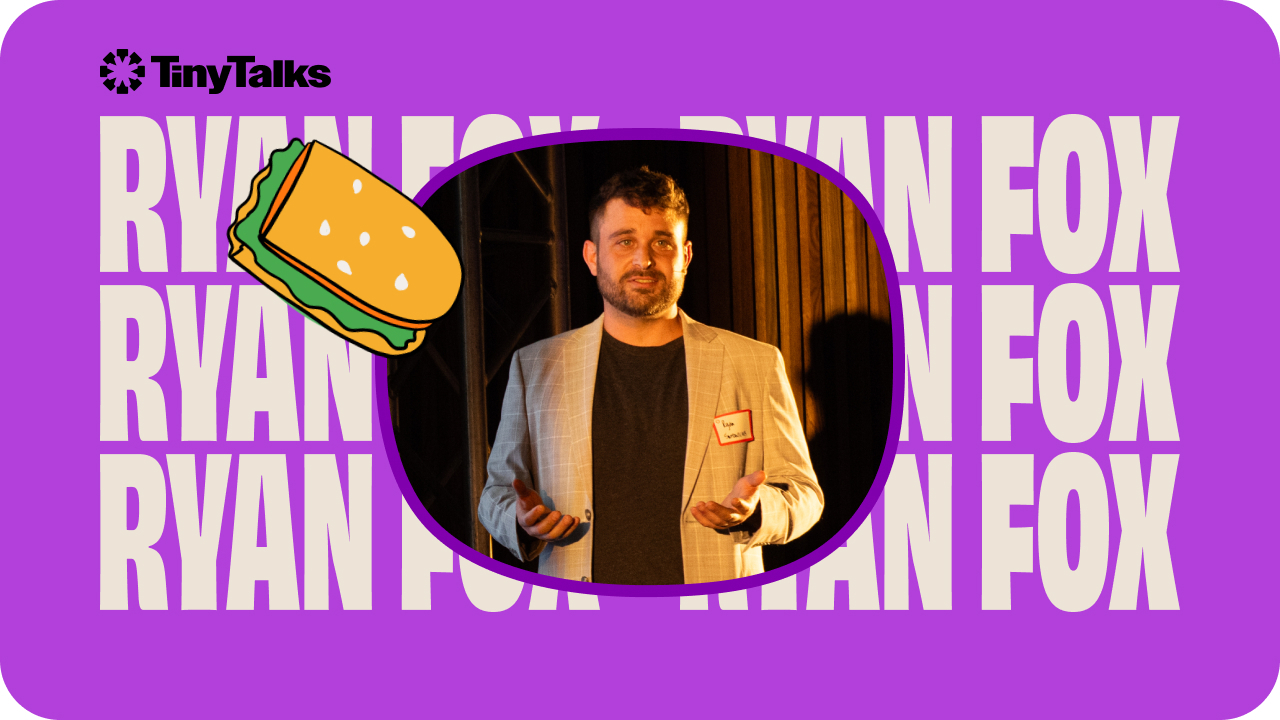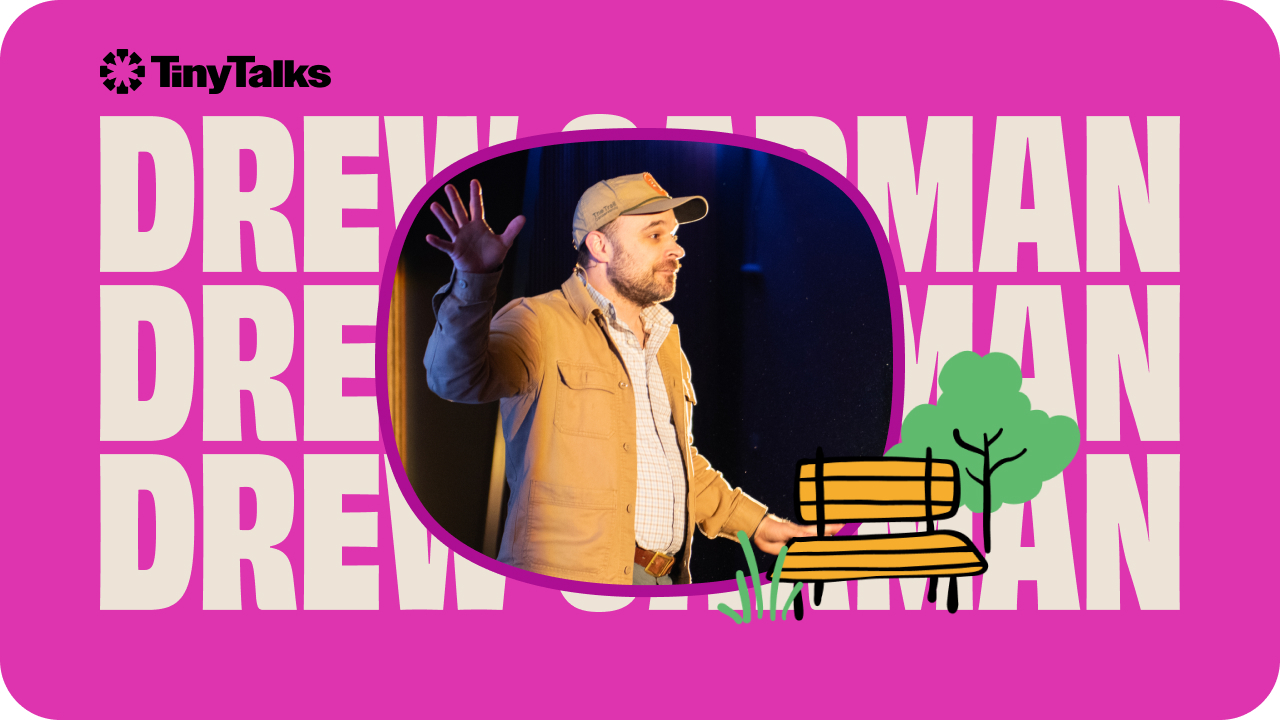Plants Taught Me How to Talk to People
Transcript
Hello. Rather, ahoy, and welcome to this lovely event. My name is Captain Matthew, and I’ll be leading you on your adventure today. Welcome to the garden where many plants are found. We’ll take a little hike here soon and see what is around. Perhaps we’ll see the birds or the butterflies, but keep your eyes open now and look unto the skies. This is what I tell the second grade kids when they visit me. I lead a lot of field trips. I’m the education director at Zilker Botanical Garden here in Austin. Yes. All right. When I took the job, I thought I was actually going to be spending most of my time with adults, but it’s mostly K through second kids.
Now, this is really great because when I was in third grade, that’s when I got really into plants. I went to a week long summer camp at the San Antonio Botanical Garden where I learned lots of fun things like tomato is actually a fruit and you can propagate plants with a little piece of a stem. But on the final day, Friday, hot summer afternoon, I got a little cactus; tiny, little golf ball cactus from a mustache man. And this cactus is called Ferocactus haematacanthus. This little, tiny thing was grown from seed. This mustache man was watering it in, and he said, “Hey, this thing will survive in drought and freezing and flooding.” And I was, “Wow, that’s crazy.” I was hooked on plants at this moment because of the hooked spine, because got little fishhooks on it.
I was like, “Wow, this is fascinating. I’m going to really pay attention to the plants surround me,” especially those around my elementary school because that’s where I spending most of my time. And in the playground were these large trees towering above everything else, the pecans. And their fruits would fall on the ground, and I’d smash them and I’d eat a handful at recess. That was a really fascinating experience.
But then I noticed there were also plants there, the Chile Pequin, which is our native state pepper. Now, this little, tiny thing is pretty cool. I would have other folks, “Hey, you want to eat a pecan? And I’ll eat one too.” They’re about five times as hot as a jalapeno, so they’d eat it and be crying, but I would swallow it whole so I wouldn’t have any issues.
I was so afraid of talking to folks. I was like, “I don’t want to sit in a big room and talk to people,” like I’m doing right now. But as a kid, I was like, “I’m going to go outside and look at plants and learn facts and then tell the kids those facts so I have something to talk about because I’m pretty socially awkward, so I use plants to help me.”
I would run around in high school up these hills. And on these hills was a lovely tree that I love so dearly. You might not love it as much as I do. This is Ashe Juniper, but you might know it as mountain cedar. Mountain cedar is known for cedar fever, one of the delightful things about central Texas. Now, it’s either a male or a female tree. The one on the left that has yellow, has yellow cones, male cones for the pollen, and the one on the right has this bluish green hue. This is the little cones, really, of that one.
Now, this was lovely, but I wanted to learn more so I went off to California to study plants. And when I was in California, I was fortunate enough to be able to work at the San Francisco Botanical Garden. And one of the things I got the opportunity to dig up was this lovely plant. It’s called Manroot. It has these little roots that look like a people. It looks like pickman. This is a vining thing, so you just see the vine on top of this giant thing underneath.
This was easy for me, digging in the dirt, but it was hard for me to talk to people. I was like, “You know what? I got to get over this. I’m in college. I’m going to force myself to teach folks, and I can only talk about plants, so let me go into education where I can just teach K through 12 folks about plants.” And so I did that. I actually minored in science and math education, and I was almost a certified high school teacher in California because I just got so excited I could share my passion for plants with others, and then I could help these folks learn and grow and experienced new things they might not know. That rhymes. Rhymes are very fun. Okay. This is scripted. I have to remember the script. Delightful. Okay. I get easily distracted. Moving on.
I went to the land of Kalo and Ulu, which is Hawaii, to do my PhD. I wanted to study more plants so I could be a better educator. When I was there though, COVID hit. Now, this was great for me because I was antisocial, but I could still have all of my classes because we’re outside spaced out. How delightful. But my PhD exams were five professors sit, they look at you, and you have to answer the questions. That was moved virtually. Okay, now I need to practice looking at the camera and staring at it and talking.
And then I was, “Okay, I’m going to start making cooking videos.” I am not someone who would be very good at doing cooking videos. And it wasn’t fun for me trying to make these little cooking videos to the camera. My sister’s like, “Hey, you should make TikTok videos.” And my sister, who’s like, “You talk about plants all the time.” I was, “Okay.” I’m going to do one on Poinsettia. If you take a poinsettia plant from last year and put in the closet, three days later, you take it out and it’ll be bright and flamboyant and red. How exciting. And I made a comment about how it’s very flamboyant and extravagant. And it was very popular with the gay community as coming out of the closet. And so I kept making those videos. Yeah. So fun.
I was doing my PhD. It was not fun doing research, so I said, “I’m going to leave. I’ve learned everything I want to learn. I’m going back to the land of pecans and pecans in juniper.” And so I emailed Central Texas Botanical Garden, Zilker, and I said, “Hey, you need an educator. You need me.” And then they hired me, and now I’m there. And I get to spend lots of time with the children. As I said, I thought I was going to be doing adults.
But on one field trip, a second grade girl came up to me. And she was like, “Hey, Matthew, I couldn’t sleep last night.” I was like, “Are you okay? What happened?” I was really worried because we were middle of the field trip. And she’s like, “I was so excited to visit the garden that I couldn’t sleep.” And being the kid who was also like this girl, I started to cry a little bit in the middle of the presentation, or in the middle of the tour. And so it’s moments like these that make it so fulfilling to get folks excited about plants. And so how wonderful it is that I get to gallivant around the garden.
Now, just as a moustachio man had given me a plant when I was a kid, I give folks plants as well when they visit the garden. I have such a privilege to be able to gallivant around the garden, helping folks get excited about plants. That little cactus that I got when I was a kid is still growing strong. My dad is taking care of it in California. It’s a couple decades old. It’s so delightful. This was two weeks ago. Yeah. It was full of weeds. My dad’s not very good at maintaining plants. But that’s a testament to it’s robustness. Anyway, no. How fortunate it is for me to be able to do these things. Thank you. Farewell.



